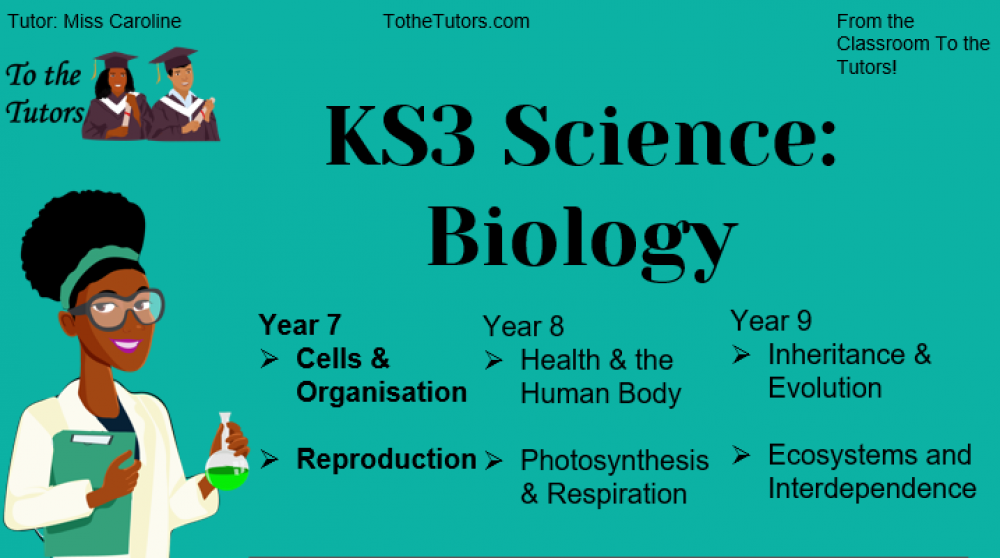What will students learn in your course?
- Organisms: Movement: Explain how a physical property of part of the skeleton relates to its function.
- Organisms: Movement: Explain how antagonistic muscles move a joint.
- Organisms: Movement: Explain why some organs contain muscle tissue.
- Organisms: Movement: Explain how antagonistic muscles move a joint.
- Organisms: Movement: Use a diagram to predict the result of a muscle contraction or relaxation.
- Organisms: Movement: Higher Level - Predict the consequences of damage to a joint, bone or muscle
- Organisms: Movement: Higher Level - Suggest factors that affect the force exerted by different muscles
- Organisms: Movement: Higher Level - Consider the benefits and risks of a technology for improving human movement
- Organisms: Cells: Explain why multi-cellular organisms need organ systems to keep their cells alive
- Organisms: Cells: Suggest what kind of tissue or organism a cell is part of, based on its features
- Organisms: Cells: Explain how to use a microscope to identify and compare different types of cells
- Organisms: Cells: Explain how uni-cellular organisms are adapted to carry out functions that in multicellular organisms are done by different types of cell
- Organisms: Cells: Higher Level - Make deductions about how medical treatments work based on cells, tissues, organs and systems
- Organisms: Cells: Higher Level - Suggest how damage to, or failure of, an organ would affect other body systems
- Organisms: Cells: Higher Level - Deduce general patterns about how the structure of different cells is related to their function
- Organisms: Cells: Higher Level - Find out how recreational drugs might affect different body systems
What are the requirements or prerequisites for taking your course?
- Naturally, you will have complete KS2
Who is the course for?
- For children aged 11-14 years old
- For GCSE students needing a refresher of the basics






